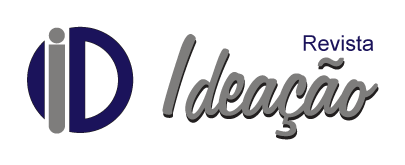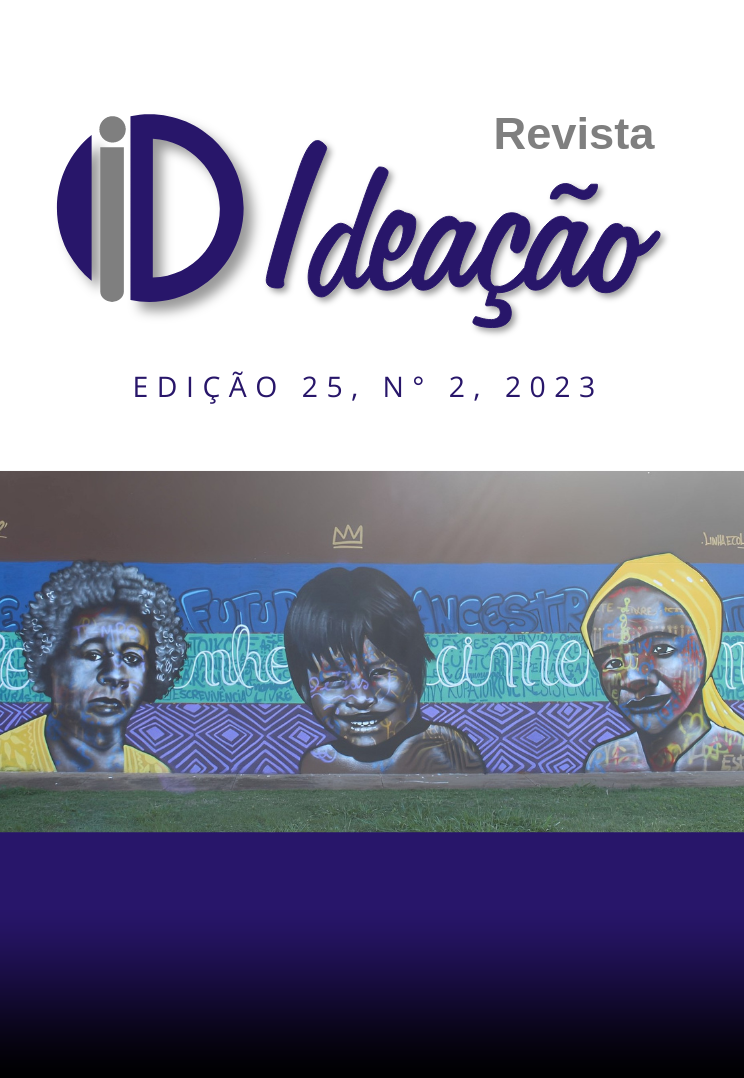La chute de la Maison Usher (1928)
Adaptives equivalences from the perspective of modern opacity
DOI:
https://doi.org/10.48075/ri.v25i2.30528Keywords:
The fall of Usher's house, literature and cinema, modernity, adaptation, opacityAbstract
Starting from the approximations, based on the sign of modern aesthetics, between Literature and Cinema, this article has as main objective the analysis of equivalences and the relationship of adaptation between two works, the first being the short story by Edgar Allan Poe "The fall of the house of Usher" (1839), and the second, the film adaptation "La chute de la maison Usher" (1928), executed by French director Jean Epstein. To this do so, the main concepts about adaptation studies are discussed and pointed out, mainly defended in the voices of Xavier (2003), Rancière (2012), Hutcheon (2011), Barbosa (1986), among others. In addition, it will support the analysis, the possibilities of approximation between Literature and Cinema, based on the characteristics of resistance to readability and non-destination of images, specific to modern aesthetics, and acquired by literature and cinema, from the romantic turn, in which the images produced metaphorically in the texts or on the screens, use a certain significant opacity, preferring to suggest rather than show, and opening the way for greater active participation of the receiver. In order to theoretically reinforce this discussion, research signed by names such as Sontag (2020), Rancière (2016), Wellbery (1998), among other studies, will be used. Thus, the analysis of the works in question will consider the two works individually, but it will also use possible parallels, equivalences or alterations between one work and another, pointing as a common denominator and key point of the adaptation process, the modern opacity in the construction and interpretation (more active and diverse) of meanings.
Downloads
Published
How to Cite
Issue
Section
License
Copyright (c) 2023 Direitos partilhados conforme licença CC BY-NC-SA 4.0

This work is licensed under a Creative Commons Attribution-NonCommercial-ShareAlike 4.0 International License.
Authors who publish in this journal agree with the following terms:
1. Authors maintain copyright and grant the journal the right of first publication, with the work simultaneously licensed under the Creative Commons Attribution License that allows the sharing of the work with recognition of authorship and initial publication in this journal.
2. Authors are authorized to assume additional contracts separately, for non-exclusive distribution of the version of the work published in this journal (e.g., to publish in an institutional repository or as a book chapter), with acknowledgment of authorship and initial publication in this journal.
3. Authors are allowed and encouraged to publish and distribute their work online (e.g., in institutional repositories or as a personal page) at any point before or during the editorial process, as this may generate productive changes, as well as increase the impact and citation of the published work (See The Effect of Free Access).
Creative Commons License
This work is licensed under a Creative Commons Attribution-Noncommercial-ShareAlike 4.0 International License, which permits sharing, copying, distributing, displaying, reproducing, the whole or parts provided it has no commercial purpose and the authors and source are cited.


